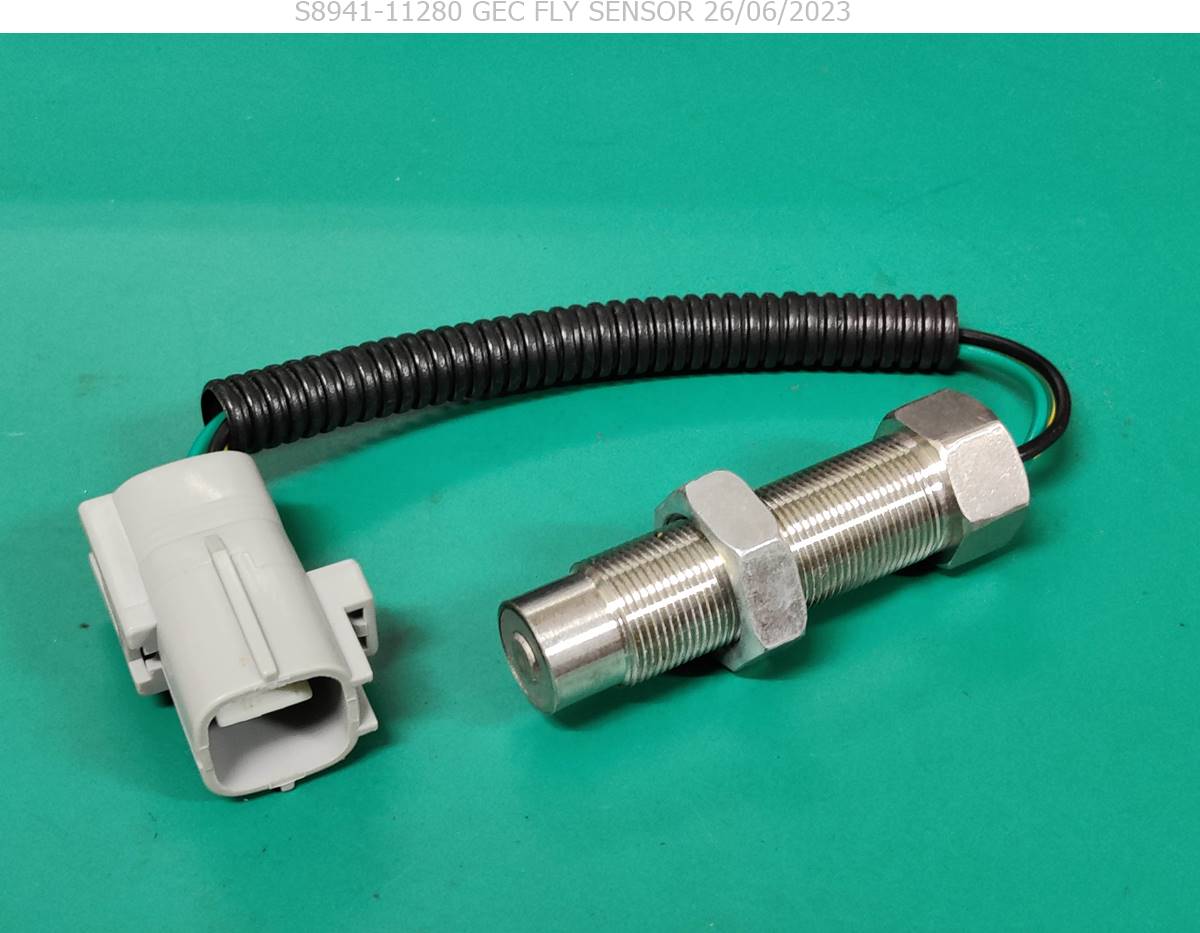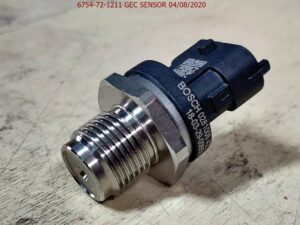The flywheel sensor in an excavator plays a critical role in monitoring and managing engine performance. Here are five key functions of the flywheel sensor:
- Engine Speed Monitoring: The flywheel sensor measures the rotational speed of the engine’s flywheel. This information is crucial for controlling engine speed and ensuring that it operates within the optimal range.
- Timing Control: It provides data used for precise timing of fuel injection and ignition. Accurate timing is essential for efficient combustion and overall engine performance.
- Load and Power Management: The sensor’s data helps the engine control system adjust power output based on the load and operating conditions, improving efficiency and responsiveness.
- Synchronization: The flywheel sensor helps synchronize various engine components and systems, ensuring smooth operation and reducing vibrations that can cause wear or damage.
- Diagnostic and Safety Functions: It assists in diagnosing engine problems by providing real-time data on engine speed and performance. This information is used to trigger warning signals or shutdown procedures if abnormal conditions are detected, enhancing operational safety.
Overall, the flywheel sensor is vital for accurate engine management, performance optimization, and safety in an excavator.




